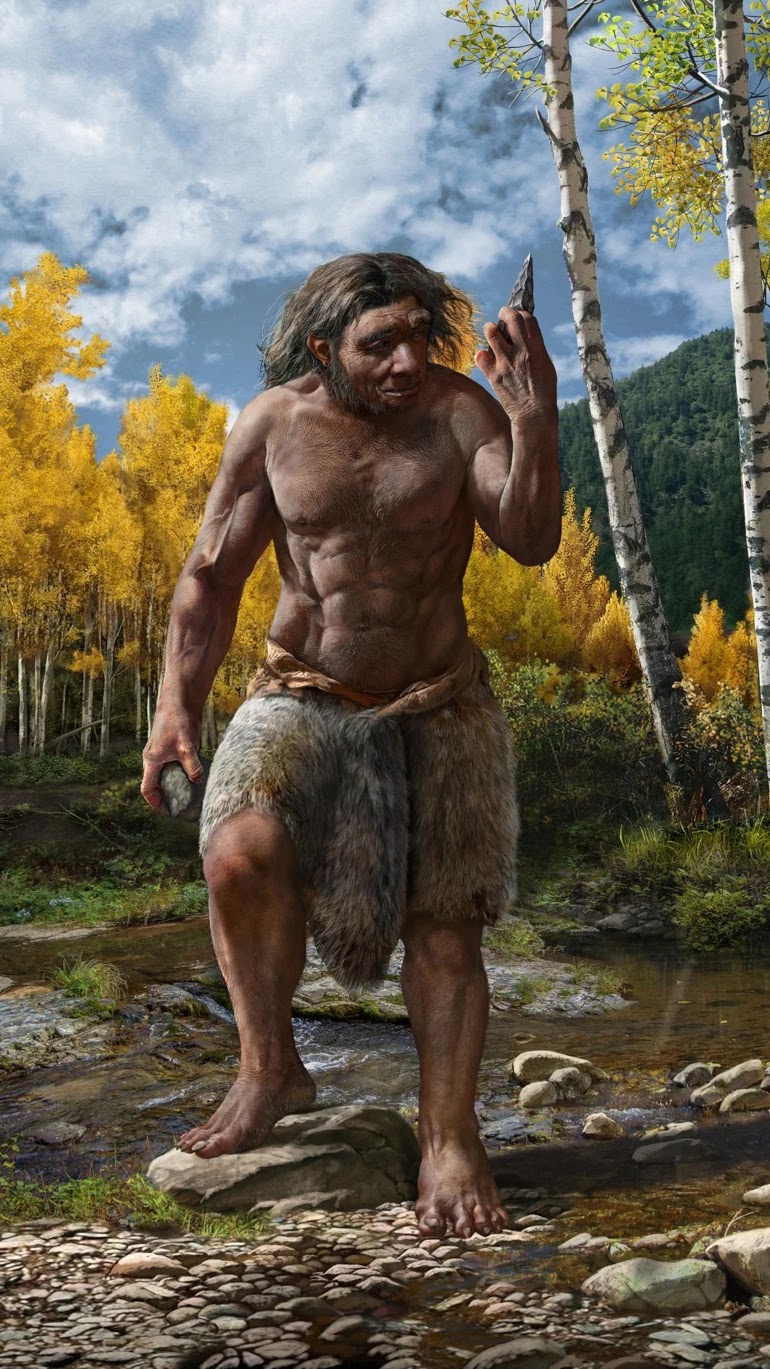A near-perfectly preserved ancient human fossil known as the Harbin cranium sits in the Geoscience Museum in Hebei GEO University.
The largest of known Homo skulls, scientists now say this skull represents a newly discovered human species named Homo longi or “Dragon Man.”
Their findings, appearing in three papers publishing June 25 in the journal The Innovation, suggest that the Homo longi lineage may be our closest relatives–and has the potential to reshape our understanding of human evolution.
Exciting Hideaway
Although this skull was discovered in 1933, it has been hidden ever since. The Chinese contractor of workers hid it from the eyes of the Japanese invaders and did not hand it over to his Japanese boss when he discovered it.
In order to hide it completely, he buried it in an abandoned well where it remained for 85 years until he told his family about it just before his death.
Indeed, the family found it in 2018 and donated it to the Earth Science Museum of Hebei GEO University of China. This skull has been left without being dated for its exact age or the bloodline it belongs to since its discovery.
Recently, an international team of Chinese, Australian and British researchers has finally solved the puzzle – the skull represents a previously unknown extinct human species.

|
| Fossil human skulls from China. Home erectus (Peking Man) is to the left, with examples of the recently defined Homo longi lineage to the right. The Harbin cranium is the last to the right. Kai Geng |
The most complete
“The Harbin fossil is one of the most complete human cranial fossils in the world,” says author Qiang Ji, a professor of paleontology of Hebei GEO University. “This fossil preserved many morphological details that are critical for understanding the evolution of the Homo genus and the origin of Homo sapiens.”
Despite being nearly perfectly preserved – with square eye sockets, thick brow ridges and large teeth – nobody could work out exactly what it was. The skull is much bigger than that of Homo sapiens and other human species – and its brain size is similar to that of our own species.
“While it shows typical archaic human features, the Harbin cranium presents a mosaic combination of primitive and derived characters setting itself apart from all the other previously-named Homo species,” says Ji, leading to its new species designation of Homo longi.

|
| Reconstruction of Homo longi. CREDIT Chuang Zhao |
Family tree
The identification of the skull, thought to have come from a 50-year-old male, was partly based on chemical analysis of sediments trapped inside it.
Scientists believe that this man and his tribe lived in a forested, floodplain environment as part of a small community. “Like Homo sapiens, they hunted mammals and birds, and gathered fruits and vegetables, and perhaps even caught fish,”
The sediments in which the sample was discovered also showed that it dates back to the middle Pleistocene period, that is, for the period from 800,000 to 125,000 years ago. Radioactive uranium dating showed that the skull dates back to 146,000 years ago.
In this regard, Chris Stringer, a paleoanthropologist at the Nature History Museum in London said “We see multiple evolutionary lineages of Homo species and populations co-existing in Asia, Africa, and Europe during that time. So, if Homo sapiens indeed got to East Asia that early, they could have a chance to interact with H. longi, and since we don’t know when the Harbin group disappeared, there could have been later encounters as well.”
Until now, the Neanderthals were considered our closest relative (according to the study, we split from Homo heidelbergensis some 1.3 million years ago).
Debates about the evolution of modern humans and what it is that makes us “human” therefore relied heavily on comparisons to Neanderthals.
But the new discovery pushes Neanderthals one step further away from ourselves and makes simple comparisons between two species much less important to understanding what ultimately makes us who we are.
Looking farther back in time, the researchers also find that Homo longi is one of our closest hominin relatives, even more closely related to us than Neanderthals. “It is widely believed that the Neanderthal belongs to an extinct lineage that is the closest relative of our own species. However, our discovery suggests that the new lineage we identified that includes Homo longi is the actual sister group of H. sapiens,” says Ni.
Their reconstruction of the human tree of life also suggests that the common ancestor we share with Neanderthals existed even further back in time.
“The divergence time between H. sapiens and the Neanderthals may be even deeper in evolutionary history than generally believed, over one million years,” says Ni. If true, we likely diverged from Neanderthals roughly 400,000 years earlier than scientists had thought.
Sources:
- https://www.cell.com/the-innovation/fulltext/S2666-6758(21)00056-4
- https://www.eurekalert.org/pub_releases/2021-06/cp-mf061721.php
- https://theconversation.com/homo-longi-extinct-human-species-that-may-replace-neanderthals-as-our-closest-relatives-found-in-china-163328

